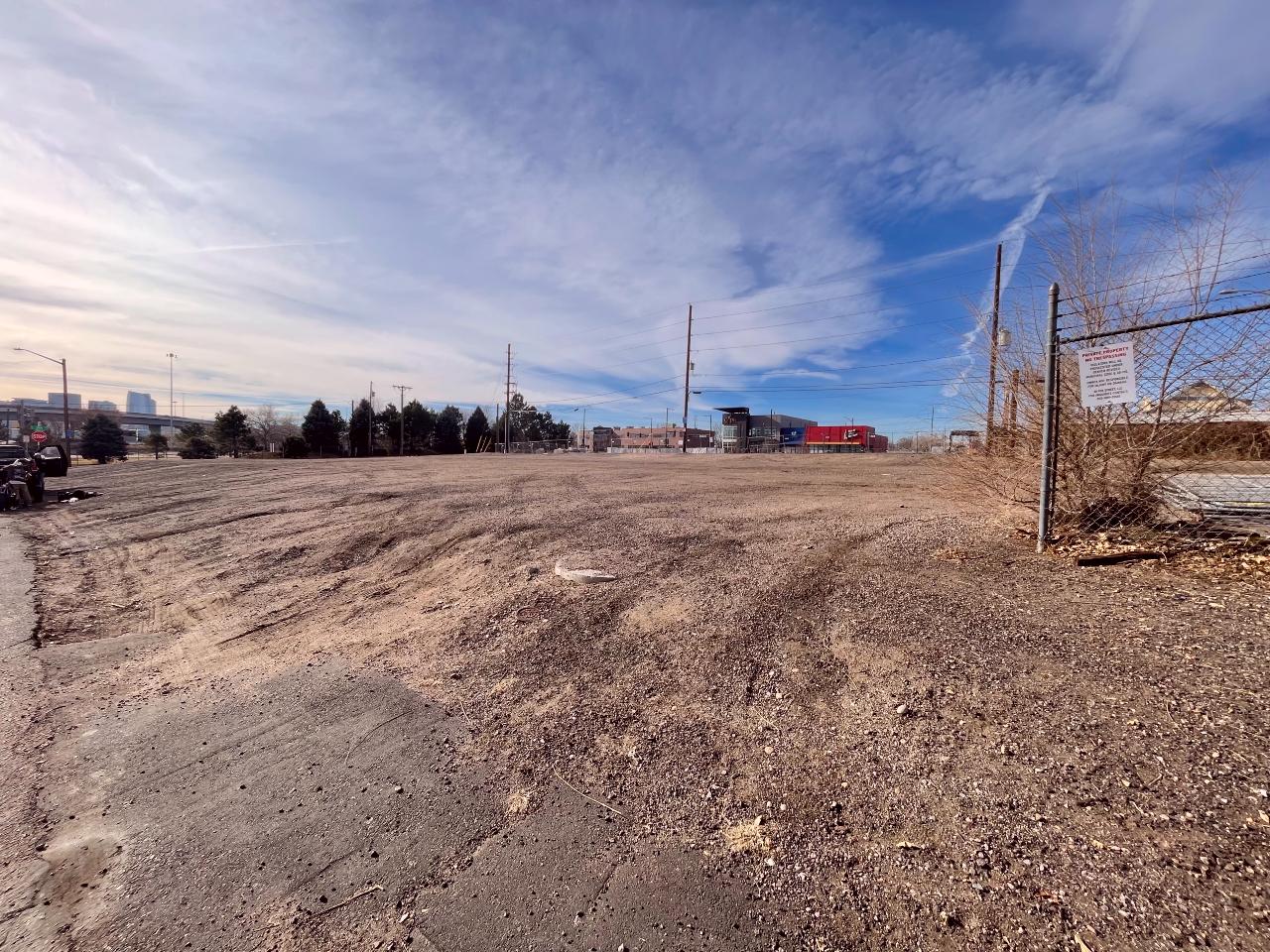
The Salvation Army's local leadership intends to rebuild an aging emergency shelter that stands on some of the most valuable property in Denver.
The Crossroads shelter has housed 600-plus men on some winter nights -- the most of any shelter in the city. That became a safety concern last winter, when city safety inspectors said that it was dangerous for the aging warehouse to take so many people.
If a fire had happened on a crowded night, it could have resulted in mass casualties, according to Denver Fire Department officials. Since then, the charity has spent more than $200,000 to improve the building's ventilation, fire sprinklers and exits, according to spokesperson Tahreem Pasha-Glenn.
Still, the shelter exceeded its safe population limit on dozens of nights this winter. And, while work is continuing, Salvation Army's local leadership has taken the first steps toward what could be a much larger rebuilding of the site.
Denver has been worrying about this.
Crossroads is one of the city's two "flagship" shelters, the facilities near downtown that people in need of temporary housing can simply walk into. It's on Brighton Boulevard, one of Denver's busiest development zones. Its huge lot would easily sell for millions of dollars, and there has been constant talk about whether it will become another luxury apartment building.
Now, the group's local leadership board says it doesn't want to do that.
On Jan. 22 of this year, the group's Denver Metro Advisory Board voted that Salvation Army should "keep the current site" and "work towards the redevelopment of that site and program," Pasha-Glenn told Denverite.
There's no timeline for the reconstruction project, and it's not a sure thing yet, Pasha-Glenn said. At one point, public records showed that Col. Dan Starrett told city officials that Crossroads could shut down as early as July, as long as other services were available -- but that's not the current plan, according to both city and Salvation Army officials
"If the project requires the program/ facility to shut down, as always, we will make sure that the homeless men in Denver have an alternate safe sheltering option before closing our doors, temporarily," Pasha-Glenn told Denverite. The city similarly doesn't expect the changeover to happen anytime soon.
"Construction of a new building is a big project and a long term plan which is being discussed at both Divisional and Territorial levels. We aim to design the new facility to adequately serve the homeless population of Denver and complement the neighborhood," Pasha-Glenn wrote. The project would require higher-level approval, she added.
"This is a fluid situation and things can change depending on the needs of the community and our capacity to serve."
In the meantime, the charity and the city have some questions to figure out.
This winter, Crossroads frequently ran above the cap set by fire officials.
"Salvation Army’s very clear that their building is old -- that it’s not built to order for the work that they do," said Chris Conner, interim director for Denver's Road Home, in an interview last month.
"They’re kind of retrofitting their work into a building that existed long before they brought their work to it." The 42,000-square foot building dates to 1955, and Salvation Army took possession in 2001, according to property records.
The shelter broke its population limit on about 42 percent of the days from August 2017 through January 2018, according to reports submitted by Salvation Army to the city and obtained by public records requests.
Sometimes it was by just a few people, sometimes by much more.
On one particularly cold night in November, the shelter hosted 617 men. The safety limit was 476 people, set by fire officials last year. The limit was based on the number of exits that were available; the lack of bathrooms was a problem, too. (We reported in depth on how conditions grew to be dangerous.)
"... For years, Crossroads as well as us were really running blind on that, I feel. Now, it’s very clear to us: 476. We have a number," said Conner, who oversees homeless services for the city. He took the job after Bennie Milliner, a mayoral appointee, moved to a new position late last year.
The crowding was reduced as new shelters opened in eastern Denver in October and November.
But those new beds are far from downtown, and it's a challenge to get people over there.
The city pays for buses -- three per night at some points -- to other shelters from Crossroads and Denver Rescue Mission. But many clients "arrive after the last bus has departed, leaving (Crossroads) staff with no alternatives to offer," according to Pasha-Glenn.
“We desperately are trying to provide hope. We’re trying to provide a moment of caring. Just a moment of concern,” Starrett told Denverite last year.
Conner suggested that Salvation Army could get more men on their earlier buses by making more decisions earlier in the night about who's going where.
Some clients are hesitant because it can be inconvenient to add another half-hour to the intake process, especially for people who need to be at work in the morning, according to human services spokesperson Julie Smith.
And the shelter also offers some specific benefits. It was the first in Denver to accept pets. It also has respite beds for men with terminal illnesses and mobility issues. "They have no place else to go and often are in the last stages of their lives," Pasha-Glenn wrote to Denverite.
The organization is dedicated to keeping those services going, she said, and to ensuring safety at the site.
Meanwhile, the city also has been inspecting other shelters for overcrowding, but hasn't found problems as "dramatic" as those at Crossroads, Conner said.
But, he added: "Let me be clear. We need Crossroads."











